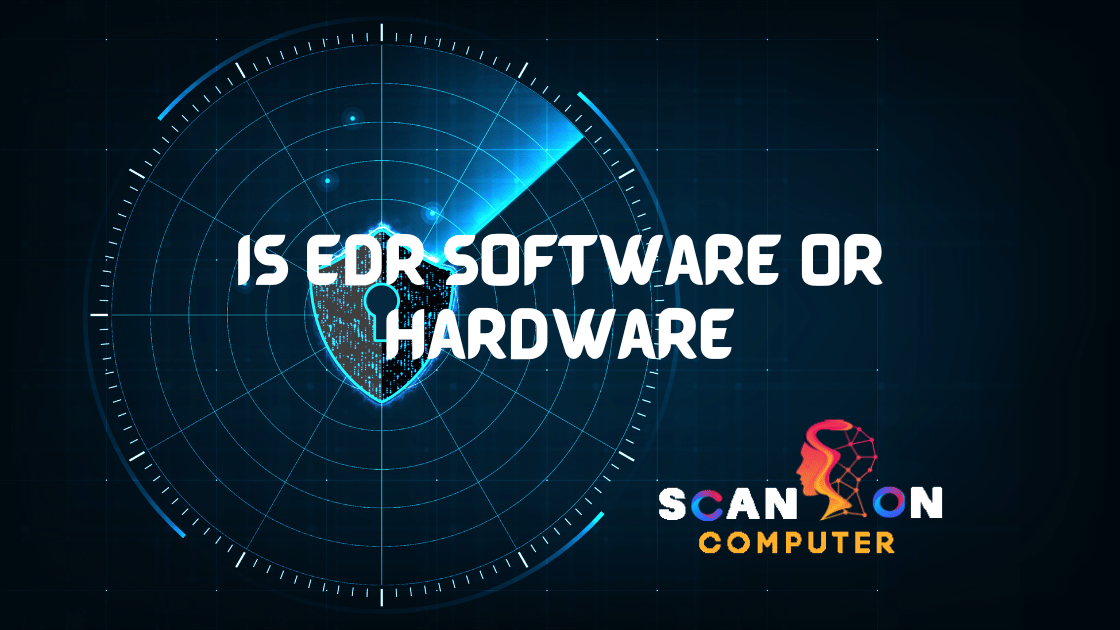EDR software monitors endpoint devices to identify malicious activity and attack patterns, using advanced analytics and algorithms to detect indicators of compromise.
Is EDR Software Or Hardware Right For Your?
EDR is a Software tool that utilizes machine learning techniques to identify threats that humans might miss, and its guided investigation helps IT and security teams evaluate potential threats and devise remediation workflows.
Endpoint data collection
EDR uses data gathered from each endpoint to detect threats and analyze patterns. It compares this information against known indicators of compromise (IoCs) and threat intelligence sources to help security teams quickly identify possible attacks while automating responses against them.
EDR systems use agents or small software components that monitor each endpoint and transmit its data to a central server for storage and analysis by analysts and tools. Furthermore, EDR systems utilize artificial intelligence and machine learning techniques to detect cyberthreats that evade traditional antivirus solutions or change without warning.
CrowdStrike EDR provides users with real-time visibility of adversary activities in real time, and allows users to “shoulder surf” them in real time to identify which commands they are using as well as any techniques they might employ to breach or move around an environment. This real-time visibility helps security teams quickly detect and eliminate threats that have managed to slip past other security solutions.
Behavioral analytics
EDR tools use behavioral analytics to detect suspicious activity, notify security teams immediately and quickly respond to threats. Some EDR solutions also feature forensic capabilities for investigating incidents – live system memory may even be tracked – while leveraging threat intelligence sources such as CrowdStrike‘s WildFire database is one such intelligence resource available to EDR tools.
Behavioral analytics are crucial in detecting anomalous behavior and helping reduce dwell time and limit damage of breaches. Furthermore, some systems use machine learning predictive analysis to anticipate future activity and prevent cyber attacks before they happen.
EDR provides essential protection for high-value assets like developer systems or servers housing executive data, by quickly finding and fixing cyberattacks that occur. One key benefit is its ability to reduce dwell time after breaches occur; this helps minimize damage while keeping business operations uninterrupted. To be truly effective, EDR must monitor all endpoints and systems; for broader coverage opt for solutions which combine agent-based with agentless monitoring solutions.
Threat detection
EDR solutions differ from antivirus programs by taking a broader view of cybersecurity to detect more advanced attacks. They monitor endpoints, collect and analyze data, provide actionable intelligence reports and automatically quarantine suspicious devices to stop further spread of malware across networks.
EDR solutions utilize OS capabilities or dedicated agents to collect endpoint and system data, then filter, organize, and consolidate it before looking for evidence of attacks against specific endpoints and alerting security teams accordingly. EDR solutions may also perform automated responses based on predefined triggers to stop ongoing cyberattacks such as isolating an infected endpoint for isolation purposes or shutting off access altogether.
EDR tools use a combination of threat intelligence, advanced file analysis and machine learning techniques to increase their detection accuracy. Furthermore, these tools allow analysts to easily recognize patterns within alerts and quickly investigate suspicious activity; additionally they include forensic tools that help them comprehend the nature of an attack and how it penetrated cybersecurity.
Automated response
One cyber attack occurs every 39 seconds and no matter how sophisticated a business’s endpoint protection platform (EPP), attackers always find a way around it. Being able to detect and respond rapidly to attacks is essential to protecting data, mitigating damage and keeping operations running smoothly.
EDR tools equip security teams with the ability to discover, investigate and analyze threats on endpoints quickly and accurately. Furthermore, EDR solutions also serve as a deterrent by retaining data over time for analysis to spot trends or potential attacks in real time. EDR also offers analysts a central view of alerts and machine learning algorithms so they can prioritize potential risks and better assess them.
Small businesses need an EDR solution that is simple to deploy and integrates seamlessly with their other security software. Features like secure sandboxing, analysis of behavior and correlation of new information with historical data should help quickly detect threats. Furthermore, automated response capabilities like quarantining files or isolating an endpoint should help stop malware spreading quickly.














Leave a Reply
View Comments